Last week I answered a question I get a lot – how do I pay myself? What’s the right way to do it? If you missed that post, catch up here.
That post was all about the rules & logistics of paying yourself as a sole proprietor, and how it affects your bookkeeping records and your taxes.
Now that you’re clear on that, we’re ready to shift gears and talk more about how to literally go about paying yourself. How often should you pay yourself and how much?
We’ll also chat about the importance OF actually, truly paying yourself. I know as an e-commerce shop owner it’s tempting to reinvest ALL your money back in the biz and hold off on paying yourself, but I’m going to recommend against that for a few reasons. Let’s dive in.
Please note that this post contains affiliate links.
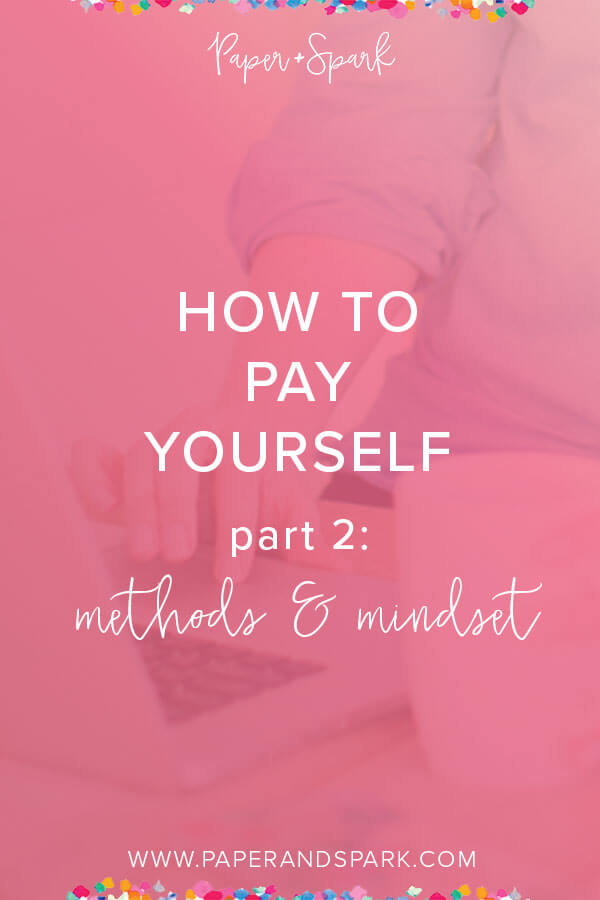
how often should you pay yourself?
If you recall, as a sole prop (like we previously discussed), there aren’t really any rules about how to pay yourself. There are also no rules regarding how frequently or consistently you have to pay yourself. You can pay yourself a set amount on a regular basis (like $1k every other Friday). You can pay yourself irregularly here and there when you feel like it. You da boss!
That being said, I do recommend taking some time to plan out some method to pay yourself. Having some ground rules will help you (1) actually pay yourself, and (2) take your business more seriously. Plus, being rewarded for the fruits of your labor is super important when it comes to your mindset as a biz owner.
Three good options of “ground rules” I recommend are setting up an automatic transfer, using a set percentage, or coming up with a threshold – let’s discuss, with examples:
1. THE AUTOMATIC TRANSFER METHOD:
Example: I set up a recurring automatic transfer in my business bank account to transfer $1,000 on the first of every month to my personal bank account.
Thoughts: A recurring & automatic transfer takes the emotion & guesswork out of paying myself. I set it and forget it, and I get paid consistently. This method (theoretically) guarantees me a set, dependable amount of income each month from my business.
This also means that my business must net (sales minus expenses) at least the transfer amount of $1k every month. It encourages (or forces!) me to run my business in a way such that I will always make enough to meet that transfer requirement! I will be pushing myself to make enough in sales and spend as little as possible in order to net the money I need. It also encourages (or forces) me to keep up with my bookkeeping more often. I’ll want to know what’s going on to avoid that overdrawing penalty!
2. THE SET PERCENTAGE METHOD:
Example: I transfer 15% of all sales to my personal account every other Friday. On that day, I log into my bank account, total up all the sales that have been deposited to my account in the past two weeks, multiply that by my set percentage (15% in this example), and transfer that amount to my personal account.
Thoughts: I have totally stolen this concept from Profit First (which I highly recommend you read!). Profit First basically teaches how to build in profit to your business, before doing anything else (imagine that!). The benefit of this method is that I build in the ability to pay myself, regardless of my expenses. It’s like paying myself is the first priority “expense” of my biz. I’m not worried about what I net or what’s left after I pay my bills each month, I’m going to pay myself X percentage of my sales no matter what. As long as I’m making sales, I’m getting paid, and the more sales I’m making, the higher my paycheck!
The other great thing about this method is that it forces me to run my business more efficiently. The money left after my percentage of profit transfer is all I have left to spend. I can’t overspend and I have to work with what I have in the account to run my shop. This also requires paying attention to your books to keep track of your spending and your bank account balance.
Profit First dives into a whole methodology behind this percentage idea – you can also allocate a specific set percentage for taxes, retirement, operating expenses, and more.
This is the method I’ve been taking with my business for about three years now. You can tweak the percentages to find what works best for you and your business.
📌 If you don’t have the time or bandwidth to read the book, or if you’ve read it but feel a bit overwhelmed by how to make it work for YOUR business, I have a whole video workshop I hosted that simplifies Profit First especially for e-commerce & maker businesses here. It’s pay-what-you-can, so you can watch it for as little as $1 and get started paying yourself!
3. THE THRESHOLD METHOD:
Example: I transfer any amount over $5,000 to my personal checking account, and I will check the balance every first of the month.
Thoughts: This method allows you to keep a minimum threshold amount to re-invest in your business (some cushion!) and you get to keep any overages. The amount could be huge or tiny, depending on how you did that month. A lot depends on how much you are spending too, so the downside is that it’s easier to spend what you’re making and never have an overage (and thus never get paid).
A lot of handmade sellers will begin with the threshold method, which is the least formal of your options, but that’s fine! I encourage you to at least truly sit down and define your threshold number though, and begin honoring that process. Make sure you set a date at least once a month to assess your bank account balance and transfer funds.
paying yourself is really important.
Again – let me repeat – I highly recommend you actually plan out some concrete, defined method or system for paying yourself. The number one reason most handmade sellers quit is because they aren’t making any money. Too many makers are not paying themselves at all.
You must make it a priority to pay yourself for your time & talents or you WILL get burnt out! If you don’t set a concrete process for yourself, you will likely end up not paying yourself at all. Willy nilly is not the way to go with your money.
What do you do if you feel a bit weird about paying yourself? OR if you feel like “This is great, Janet, but I have no money to pay myself with yet!” OR if you feel like, “I need to re-invest everything I’m making right now for a year or two so I can grow my biz FIRST?”
Here’s my suggestion in that case – a great practice is to start with the set percentage method (read Profit First!) and start with a super tiny percentage – like 1 to 5% of your sales. Get in the habit of paying yourself, check out the little paycheck you are getting FROM your biz periodically, and let it inspire you. You will start to feel good about paying yourself, and your business isn’t going to “miss” that money. It can function without it.
☕️ My husband’s fledgling coffee roasting business, Calibration Coffee Lab, is following this rule of thumb. He is transferring 5% of his total deposits on the 1st & 15th of every month. Sometimes that’s a very small amount – but he’s getting in the habit of paying himself and reinforcing that reward!
this process may expose some holes in your pricing.
If you continuously do not have enough money to pay yourself, that’s a big ol’ red flag that something in your business model needs to change ASAP. You may be overspending, but chances are you are underpricing. It may be time to evaluate your pricing strategy so that you have a profitable, sustainable business that truly allows you to make enough of a profit to pay yourself.
how will you pay yourself?
Now that I’ve given you some ideas, I’d love for you to share – which method will you use? How often and how much will you pay yourself? Or if you’ve already got a process, let me know.

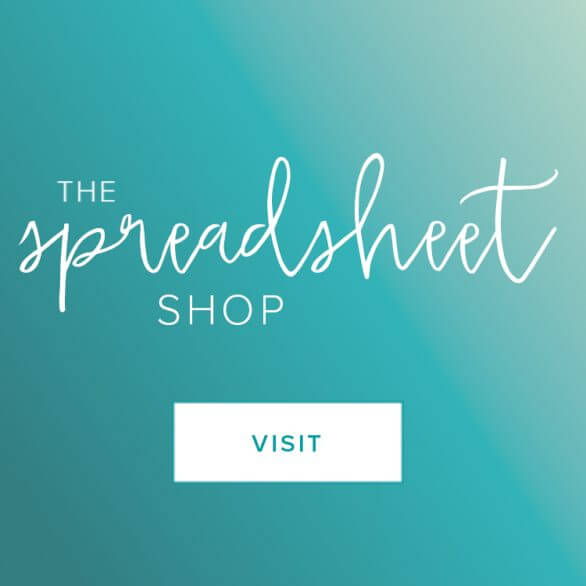
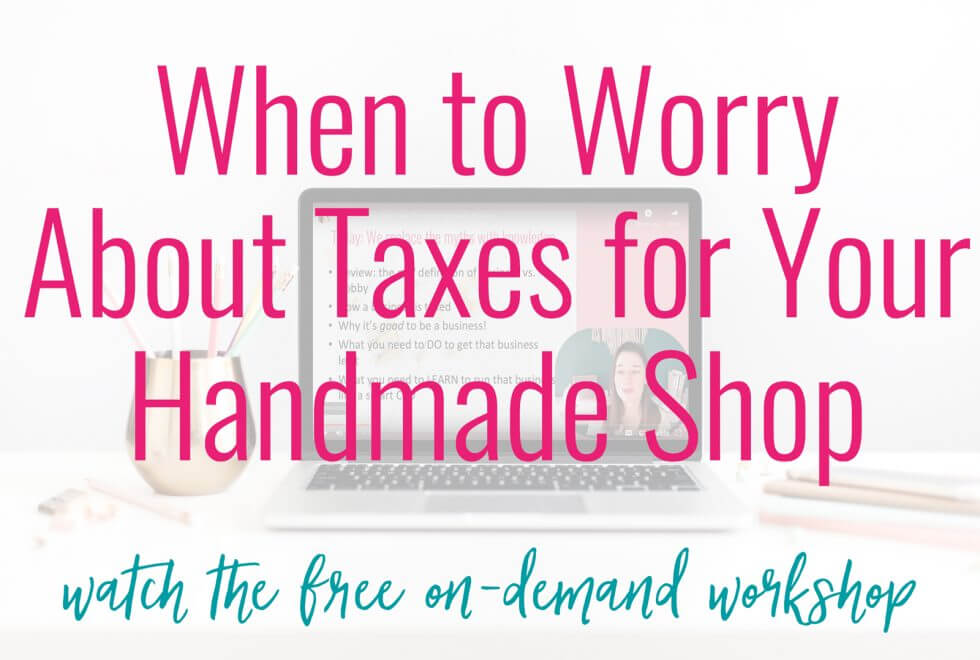

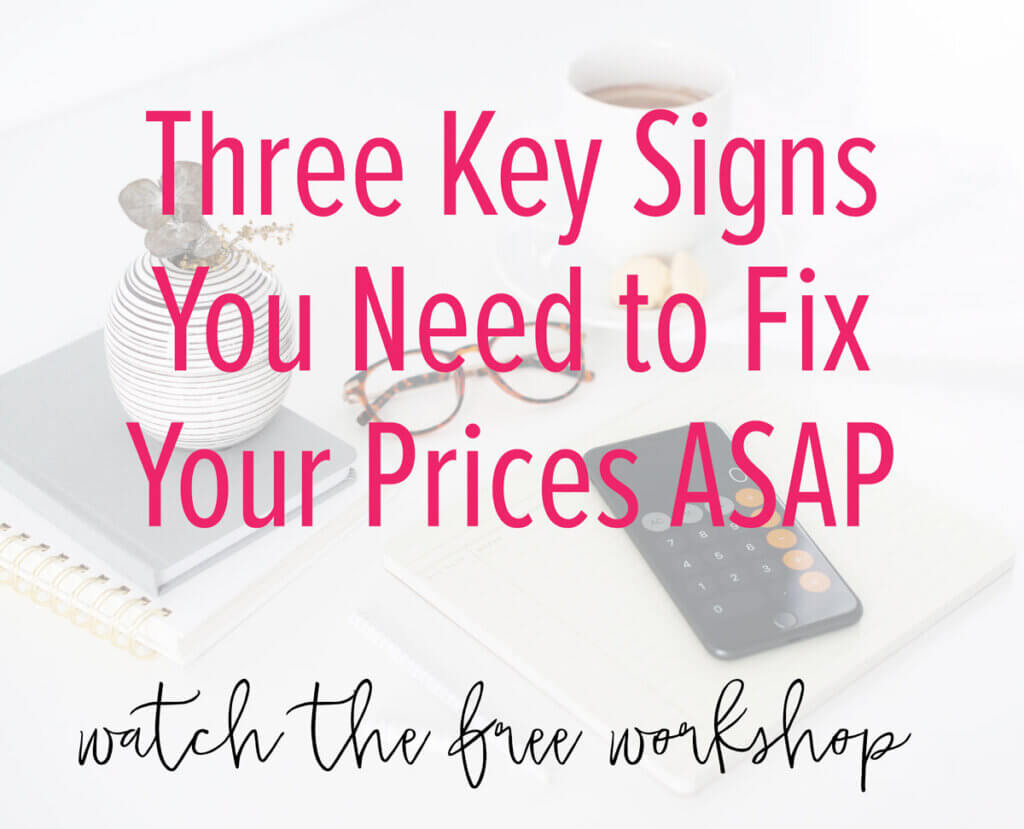

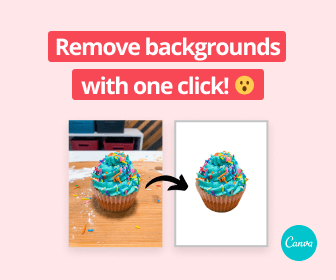



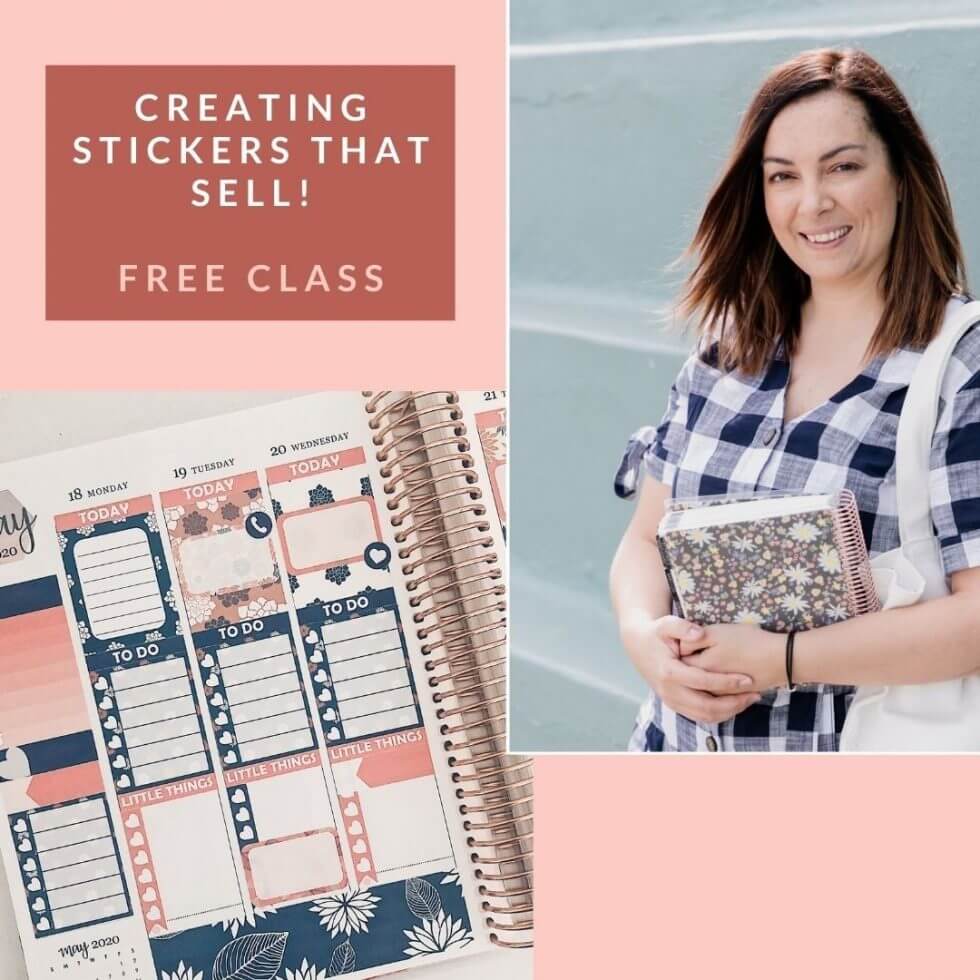
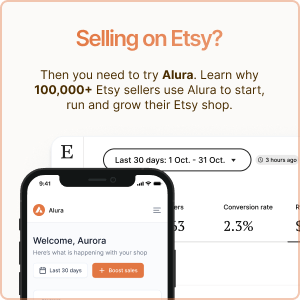

This is so helpful. Thank you!
Just read your article. I’m going to go with the percentage, 5% to start with 1% increase every other month and see how that goes. I want to retire so this will help me set some realistic goals!
Great article. I’m going to transfer 15% of every Etsy deposit into my personal account. (I actually just finished reading the profit first book just a few days before I discovered you! ) It must be fate! I finally feel like I’m on the right track!!
Happy to hear it Larissa! Paying yourself consistently can be life-changing!
I will use the percentage method. I plan to start with 1% and reevaluate as I increase sales.
I have been using the Profit First method for several years now and have just decided in November to give myself a raise.
My owner’s compensation went from 50% of sales to 60% and my profit increased from 10% to 15%. The remaining 25% is reserved for operating expenses.
I am primarily an in-person event seller and usually do my disbursements the Monday after a show. This year I’m going to try to let things sit a bit and pay myself every other week instead. We’ll see how that feels…